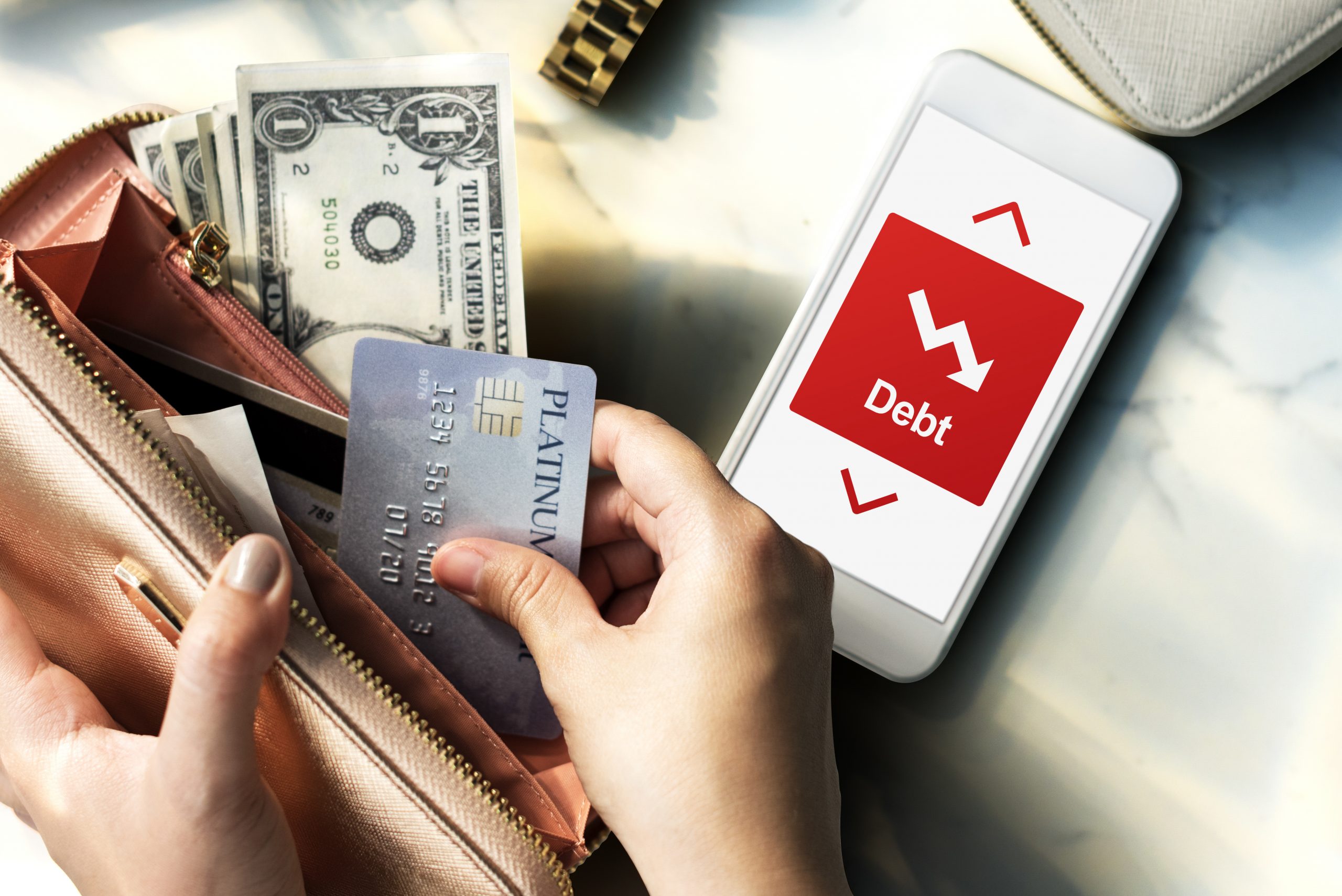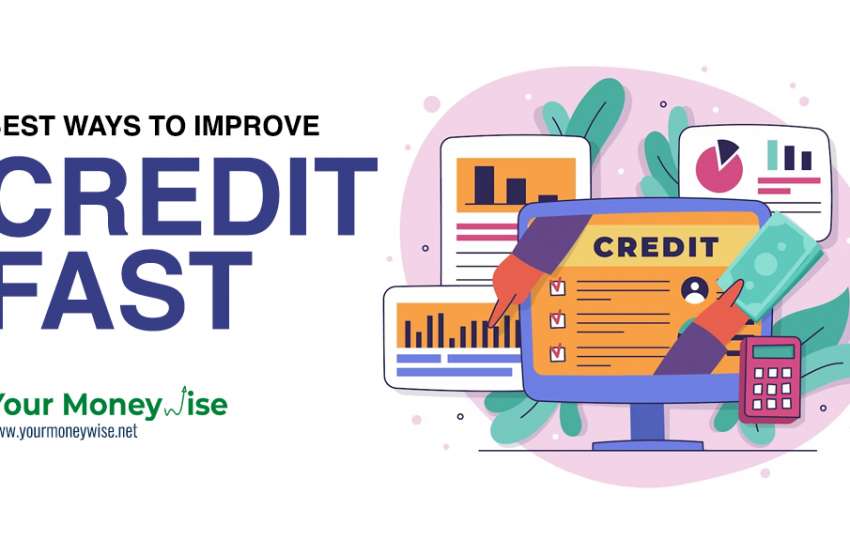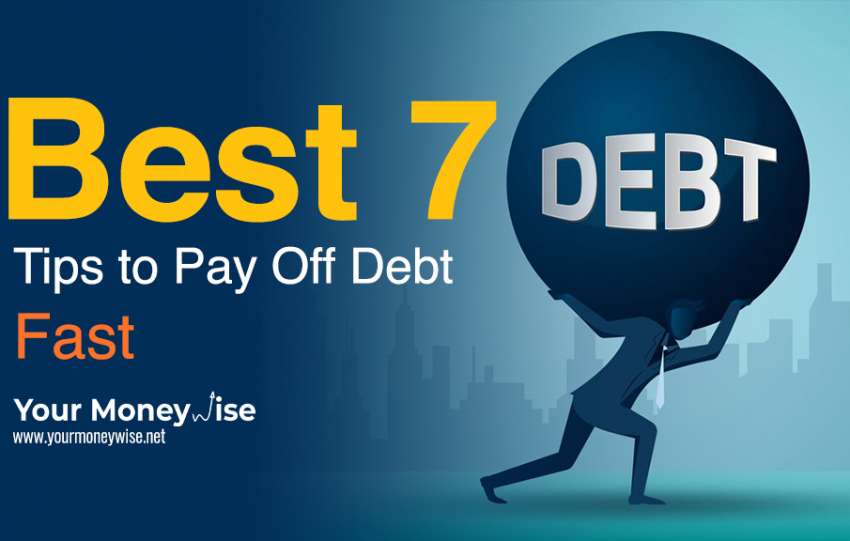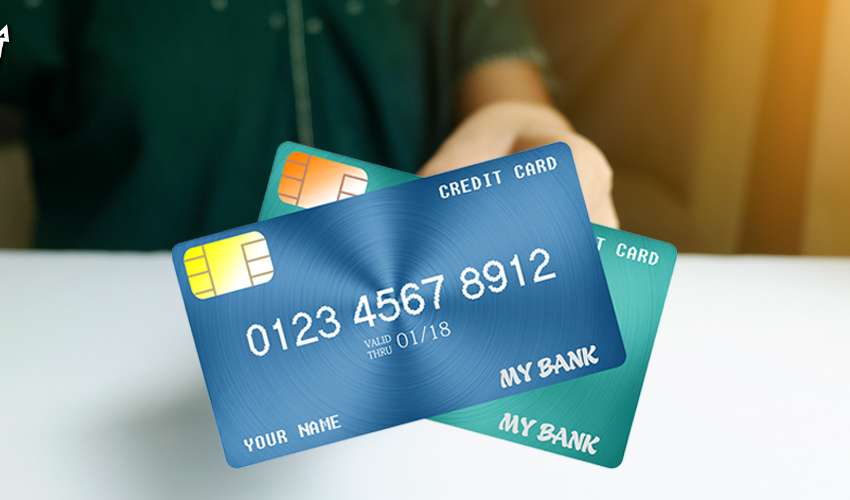Whether you are a business owner, employee, student, or homemaker, debt is something every individual needs at least once in their life for varied purposes. If you are wondering, what is debt and how can I define it? In simple words, debt is money borrowed by one party from another. Managing your debts will differ on debt types in terms of interest rates and time horizon to pay off the debt.
Debt refers to when a financial institution, bank, or third party lends money to one in need with certain terms and conditions. Though, debt can serve as a helping financial tool to you or baggage that can complicate your life if you fail to repay your debt.
How can I manage my debts is one of the common concerns among individuals these days. The answer varies on the type of debt you are pursuing. If you put too much pressure on debt, you will need to find a way to debt relief, just be aware of companies that promise or offer services that are too good to be true. One of the ideal examples of debt that you need to be wary of includes debt forgiveness.
Do you want to explore more debt types and its procedure? This blog is the exact place that you are looking for. Let us walk you through the different factors involved in debts to help you select the right option without any hurdles.
- What is debt?
- How does debt work?
- What happens if you get into debt?
- Examples of Debt
- Types of debts
- Debt vs Loan
- Bottom Line
What is Debt?
Before we explore different types that can meet your circumstances, let's understand what is debt. Debt is termed when money is owed by one party to another party or corporation. Often, debt is paired with a stressful or negative financial toll, that’s not completely true. Many individuals and companies across the US and worldwide take assistance from debt to expand their business and achieve various financial goals.
Until a debt is not forgiven by your lender, the borrower needs to pay back the amount with a certain amount of interest. While, debt includes certain time frames and regulations, that will differ to the type of debt and the source you are borrowing money from.
Key considerations with debt:
- Debt is something that one party owes money to another party
- Debts can be secured or unsecured, with fixed end-term or revolving duration
- Companies and governments can issue debt to expand business in the form of bonds
- Debt is taken by individuals and companies to make a large amount purchase that they cannot afford otherwise.
- Consumers can explore loans, lines of credit, and credit cards as a sa form of debt
How does debt work?
One of the common forms of debt are loans, credit cards, mortgages, and auto or personal loans. While considering most of the types of loans, its terms stipulate the process of a borrower receiving a certain set of money from the bank or financial institution which the borrower needs to pay back with interest within months or in coming years.
The terms of the loan indicate the interest rate that the borrower is expected to repay along with the initial amount issued, and the interest rate is indicated in percentage. And, the interest rate is designated as compensation to the lender for taking on the risk to offer money to individuals.
Though, debt forms like credit cards and line of credit works slightly differently. These types offer debts in the form of open-end credit or revolving, which does not have a fixed end date for the term. Here, the borrower is designated a fixed credit limit instead, and they can use the credit card of the credit line repeatedly for various purposes until they don't exceed the credit limit.
What Happens If you Get into Debt?
Today, many students, employees, and businesses are inspired to help with debt to afford their financial goals. As we mentioned above, debt has varied types but one of the crucial includes secured and unsecured.
When you borrow money from secured debt, that means you will have to keep collateral in exchange for borrowing money from the lender. This can include keeping your house, gold jewelry, car, or other high-amount assets.
The other circumstance includes unsecured loans, you don't required to keep your assets but that does not mean you can get off freely without paying back your debt. While debt can help you fulfill your financial dreams, make sure you are wary of unusual consequences that can occur amid your debt tenure. Before you commit to any institution, make yourself aware thoroughly of the terms and conditions, regulations, and more.
Examples of Debt
Who can take on debt? Anyone with the ability and viable financial balance to pay the debt back to the lender is eligible to borrow money in various ways. Examples of debt include students who take on federal law loans to pay the fees for college, receive a certain amount of money and agree to pay back with an interest rate in a few years.
However, today students have the privilege to access varied options of repayment methods. They will be asked to make fixed monthly payments if they have opted for standard repayment plans for 10 years.
Each monthly payment that you make will represent the principal debt that you owe with interest rates. Currently, the interest rate for federal student loans for undergraduates is around 4.99%
Types of Debts
Debt comes in multiple types to help you meet your needs. However, each type has different requirements and regulations to consider. Sounds confusing? Come join us in exploring these types in detail.
Secured vs Unsecured Debts
As we mentioned above, debts mainly fall into two main categories - secured and unsecured debt or loan. Secured loans are defined when a borrower agrees and promises to associate any one asset as collateral to borrow money from the bank or other institutes.
One of the common examples of debt with secured alternatives is mortgage, auto loans, and more. As per the agreement, if you fail to make complete repayment, then the creditor has the right to seize your collateral in exchange for your debt payments.
Unsecured debt does not include assets to qualify for the loan but doesn’t mean who gets your hands off your repayments with debt. As an ideal example of debt, a credit card issuer is more likely to sell your debt to a third-party debtor if you fail to pay back your debt payments. The third party has the right to hound you to collect the required payments, and if you don't pay to the debt collector they may sue you under such circumstances.
Medical Billing Debt
Debts with medical bills are one of the common forms, it can come with regular visits or check-ups with your doctor, sudden need for hospitalization, or surgery. This type of billing can be expensive, and it can get complicated to pay off the overall expenses, hence many individuals opt to borrow money to pay off medical bills. However, medical debts can be complex, as there is no one formula for repayment options.
Don't worry, you can seamlessly manage your medical bill debs with steps like:
- Consider using medical credit card
- Set up a feasible payment plan
- Hire a medical bill advocate
No matter how short you fall from cash, do not use your credit to pay your medical bills. As most medical institutes do not charge interest on bills, transferring debt to credit cards can wipe out the perks of credit cards and make it an expensive alternative for you.
Credit Card Debt
Credit cards are known to be one of the most expensive forms of unsecured debt.
As per the analysis, America's total debt total reached $ 416 billion in 2020. Sounds too unbelievable to be true! But, the rising usage of credit cards has led people to fall into more debt over the years. Additionally, people with revolving credit cards had an average debt of $ 7,027.
Varying on your credit score, the average percentage rates on your credit cards can be in your teens or 20s. If you fail to make monthly debt payments, it can make you fall into expensive debts quite fast.
Are you struggling with paying off your credit card debts? Follow these steps:
- If you hold multiple debts, look for ways to consolidate it
- Consider a debt management plan
- Explore your options by consulting a bankruptcy advocate
- Consider a )% intro APR balance transfer credit card
Personal Loans
Personal loans can consolidate your credit card debts or offer you a cash flow for specific reasons. These loan terms are from 2-5 years, and interest rates can range from 5% to 36%.
If in case you are stuck in paying back your loan, consider a few factors to simplify the process.
- Consider help from a non-profit credit counselor to manage your budget.
- If you are stuck with too much debt in your hand, consult a bankruptcy advocate
- Coordinate with your lender to check if you can defer payments or opt hardship plan
Mortgage
Opting for a Mortgage will be one of the biggest personal finance decisions that you would ever make. Mortgage consumes up to 10 years and more and can cost you hundreds and thousands of dollars. As per statistics, in 2020 the average American carried a mortgage balance of $190, 595. However, the mortgage falls under a secured loan which means banks can seize your house if you don't pay back your debt amount.
What next? Follow the steps to manage your mortgage easily -
- Refinance your mortgage
- Benefit from Home Refinance Program
Car Loans
Car loans are considered a form of secured loans, meaning lenders can seize your assets if you don't make timely payments with interest. Though, car loans in the USA are growing to be expensive and have a longer duration, which makes it harder for borrowers to pay off the debt specifically when their budget is too tight.
- Considering a few factors can help you manage your car loans smoothly:
- Downsize your car for an affordable option
- Refinance your car loan
- Plan out to manage monthly payments
Read Also:- A Complete Guide to Car Insurance: Types, Benefits, and Beyond
Collection Account Debt
It's very common for Americans to have an account in collections. As per a 2020 survey by the Consumer Financial Protection Bureau, 28% of Americans have these accounts already. Though, managing debts can be complicated for many individuals and that’s why we have listed below a few helpful factors.
- Update yourself with debt collection rights
- Collect all the possible data on debts
- Don't panic or pressurize yourself with debt payments
- Prepare a plan to manage collection debts - payment plan, full payment, or settling debt.
Corporate Debt
Even corporations, big organizations, and governments are in constant need of debt to expand their business or afford certain projects or tasks. When a company issues a loan from investors or banks is referred to as Bonds.
Bonds are a debt that allows corporations to borrow money from investors with an agreement to repay the debt in a certain time horizon, and in return, investors can benefit from the interest rate which is paid by companies to investors. Individuals and investment firms, both are open to purchasing bonds with a fixed interest rate or coupon rate.
One of the examples of debt with Bonds includes, if a company needs $ 1 million in funds to purchase new equipment, then the company can issue over 1000 bonds in exchange for a face value of $1000 with each bond.
While investors receive interest rate every month, at the maturity date i.e. end date of the bond a company is responsible to pay the entire face value to the investor.

Debt vs Loan
Many individuals find themselves perplexed with debt vs loan. While debt and loan are very similar terms, yet distinct from each other. Debt is anything that is borrowed from one party to another, and it can involve money, real property, assets, or other considerations. Additionally, in the corporate world debt refers to browning or issuing money through individual.
A loan is also a form of debt but more specifically it is an agreement mentioning one party lending money to the borrower. In a comparison of debt vs loan, a lender is more likely to set repayment terms, the total amount for repayment, time duration, and interest rate with various types of loans.
Read Also:- How to Make 100$ in a Day- 21 Creative Ways in 2023
Bottom Line
Debt is one of the essential financial tools in the economy today. In the debate of debt vs loan, both the terms have their perks and drawbacks, it is always advised to make yourself aware of all the regulations.
Debts can seem risky with hefty interest rates or regulations, but it is the most preferred method to afford projects by companies and to purchase a home, car phone, education, or more by consumers.
Frequently Asked Questions
Managing various debts with hefty interest rates can be overwhelming, but you can easily reduce your debts over time.
1. Create a budget and track your regular expenses
2. Prioritize paying off debt repayments with high-interest first
3. Explore refinancing loan options
4. Consult financial experts
Debt consolidation merges various debts into one with larger amounts, and lower interest rates, which makes a manageable repayment option. It can be managed through personal loans, credit lines, credit cards, or even home equity.







